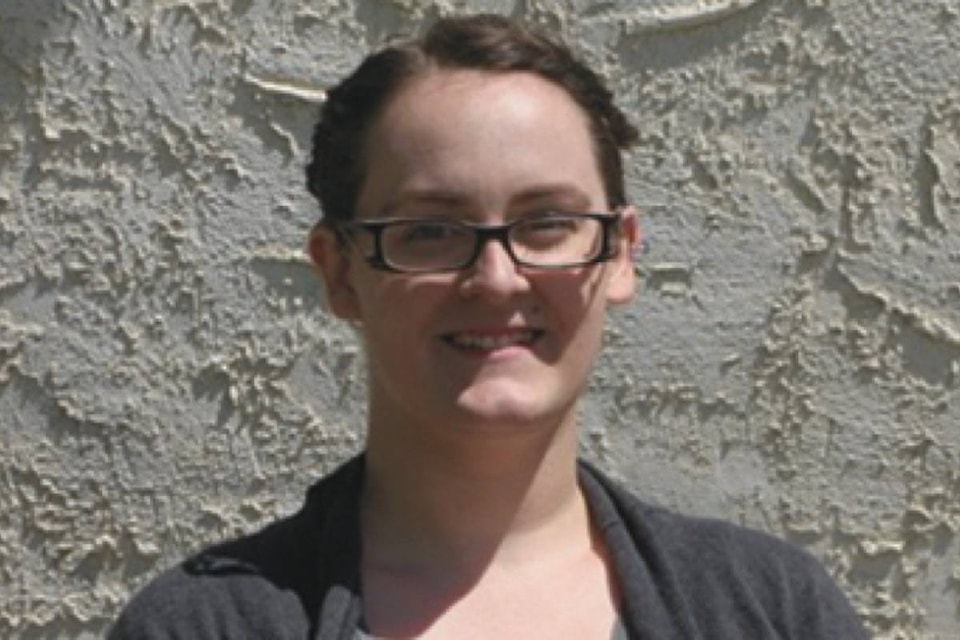There is something about the spooky season that gives me that warm fuzzy feeling. The cooler weather, the colours of the fallen leaves, the crunch of said leaves under your boot. That coupled with horror movies, and images of ghosts, goblins and witches it just makes for the perfect season, in my opinion.
In an effort to cram as much Halloween-themed fun into two months, because Halloween deserves to have more than just a couple weeks before Christmas takes over, I persuaded my sisters to do a Halloween trivia contest with me.
It should come as no surprise that I easily won, being the Halloween Connoisseur that I am. But what surprised me is that my sisters did not know much about the history behind Halloween. This got me asking other friends and family, “Where did Halloween originate?”
Many said I don’t know. Some said it was product of corporations to make people buy things. Others still said it comes from Mexico.
All of these are wrong.
Día de Muertos, or Day of the Dead, is a Mexican holiday celebrated this year on Nov. 2. It has similar components to Halloween, and let’s be honest, some of modern Halloween celebrations have been appropriated from the Mexican holiday. However Día de Muertos is described as a “multi-day holiday involves family and friends gathering to pray for and remember friends and family members who have died.” This celebration is more closely associated with the Catholic faith, than traditional Halloween.
Halloween as we know it now, does not actually resemble much of the original celebration.
Halloween was originally known as Samhain (pronounced sa-win or sa-ween) comes from Ireland, where the ancient Celts celebrated their new year on Oct. 31 and into Nov. 1, because the Celtic day was often considered to begin and end at sunset.
It was considered the new year celebration because the world would grow dark and cold in the winter months, while it waited to be reborn in the spring. This was the time when ancient Celts would bring in the last of their harvest and slaughter animals for food going into the “long dark” of winter.
At Samhain the “veil” between worlds thinned, as it does at Beltane in May. This meant that spirits from the “otherworld,” the Aos Sí (a term used to describe the Irish supernatural), and spirits of relatives could roam the land and visit loved ones or create a little chaos.
At Samhain, it was believed the Aos Sí needed to be appeased to ensure the people and their livestock survived the winter. So, offerings of food and drink were left outside for them in the hopes they would take the offering and leave the people and animals alone.
It is believed the art of guising, or dressing in costume, was another aspect of the holiday used to trick the Aos Sí. It is believed the act of “trick or treating” comes from the Celts travelling door to door on this holiday in guise, often reciting verses in exchange for food.
Inside the home, feasts were created where the souls of dead kin were beckoned to attend and a place set at the table for them.
It was sometime in the ninth century when the Christian Church moved its celebration of All Saints Day to Nov. 1. Over time, Samhain and All Saints’/All Souls’ Day merged into the modern Halloween, which itself means “All Hallows Eve” which signals the day before All Saints Day.
It is believed by scholars that the move of All Saints Day was to encourage the pagans to convert to Christianity, as All Saints Day (or Hallows Day) was a day dedicated to remembering the dead, including saints and all the faithful departed. By absorbing an already significant holiday to the so-called pagans, the Christian Church would then be able to transition the heathens to their faith.
I would be remiss in adding, some scholars do believe Halloween and Samhain are two separate holidays, and the church did not co-opt the holiday from the Celts.
